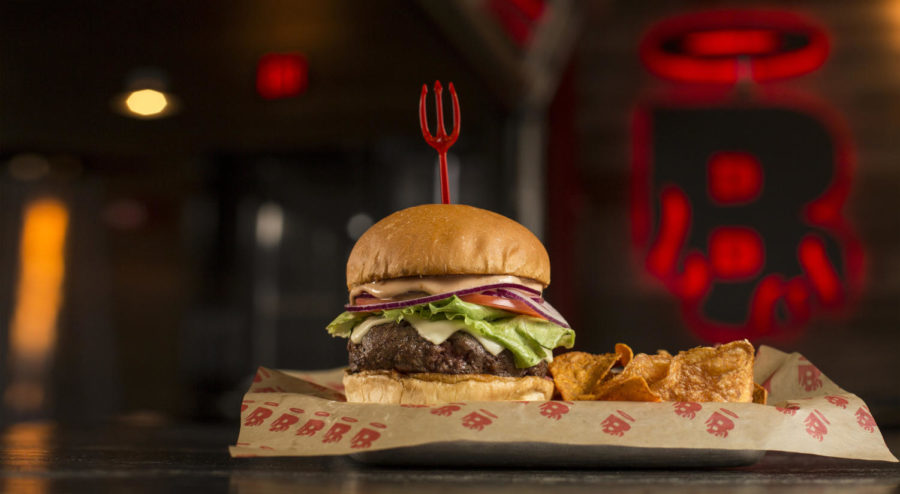How long is the wait?
Restaurants are filling up again, making the work of hosts, wait staff, and cooks all the more challenging.
May 4, 2021
As of a little over two weeks ago, put into effect April 4, restaurants have increased from 50% to 75% customer capacity and resumed bar service for the state of Pennsylvania. Having worked in the food industry since June of last year, the lifting of restrictions has had me taking a closer look at my time spent working as a host so far, and how the gradual lifting of these restrictions has affected my overall work experience.
After working for months with no bar seating and fewer tables, the onslaught of more customers on my first weekly Friday night shift after the lifting of restrictions was a force to be reckoned with. Little did I know how much more hectic the night would be compared to previous shifts.
As I began my shift and greeted the first few customers of the night and bussed a few tables, I was confident that the shift would go smoothly. The addition of more tables available on the patio was a great relief to all hosts, as a common problem we often encounter is not having enough seats for the preferred seating of many: the patio (considered outdoors, but it is still enclosed).
However, I grew more leery as rush hour drew nearer and tickets started filling the window. The phone rang constantly with calls about reservations and to-go orders, and parties came in requesting tables. Our tables started to fill up quickly, and the other hosts and I were no longer able to efficiently bus tables, as everyone sitting down was taking their time eating and wouldn’t leave. More and more people came in requesting bar seating, and we motioned them towards seats that had two spaces of seating between each party for proper social distancing.
Since the bar seating is pretty limited with only a maximum of four people per party, it fills up quite quickly. It is important for us hosts to explain to customers that the bar seating is available only on a first come, first serve basis, an opportunity that most customers are unaware of, as they can avoid the average extensive wait time of over an hour. Customers have the option of ordering a meal along with a drink at the bar.
Even though we had increased seating capacity and finally introduced the public to the bar again for the first time in almost a year, I was surprised at how difficult it was to maintain an easy system of getting customers in and out quickly with their targeted wait time.
Despite these lifting of restrictions, it is still difficult for restaurants to accommodate customers in the most time-efficient manner. I now realize that the increase in seating capacity can only do so much, as people in general are looking forward to eating out more often now with the distribution of the vaccines, and this in turn attracts more crowds. The amount of ongoing take-out orders at the same time as our busiest hours also plays a prominent role in the prolonged wait time.
However, even though the shift didn’t go as smoothly as I predicted at the time, it is a huge step in the gradual progression towards returning to normalcy, and with normalcy hopefully shorter wait times and fewer impatient and angry customers.
With the help of my coworkers and flexible managers, the process has gradually become more routine — as with many things during the pandemic, we have learned to adapt and carry on, and this is no exception. We are all hopeful that these are the final days of the COVID-19 pandemic, and with the vaccines, this seems to be the case. My experiences as a hostess at a very busy restaurant provide one microcosm snapshot of this experience at this pivotal point in our society.












